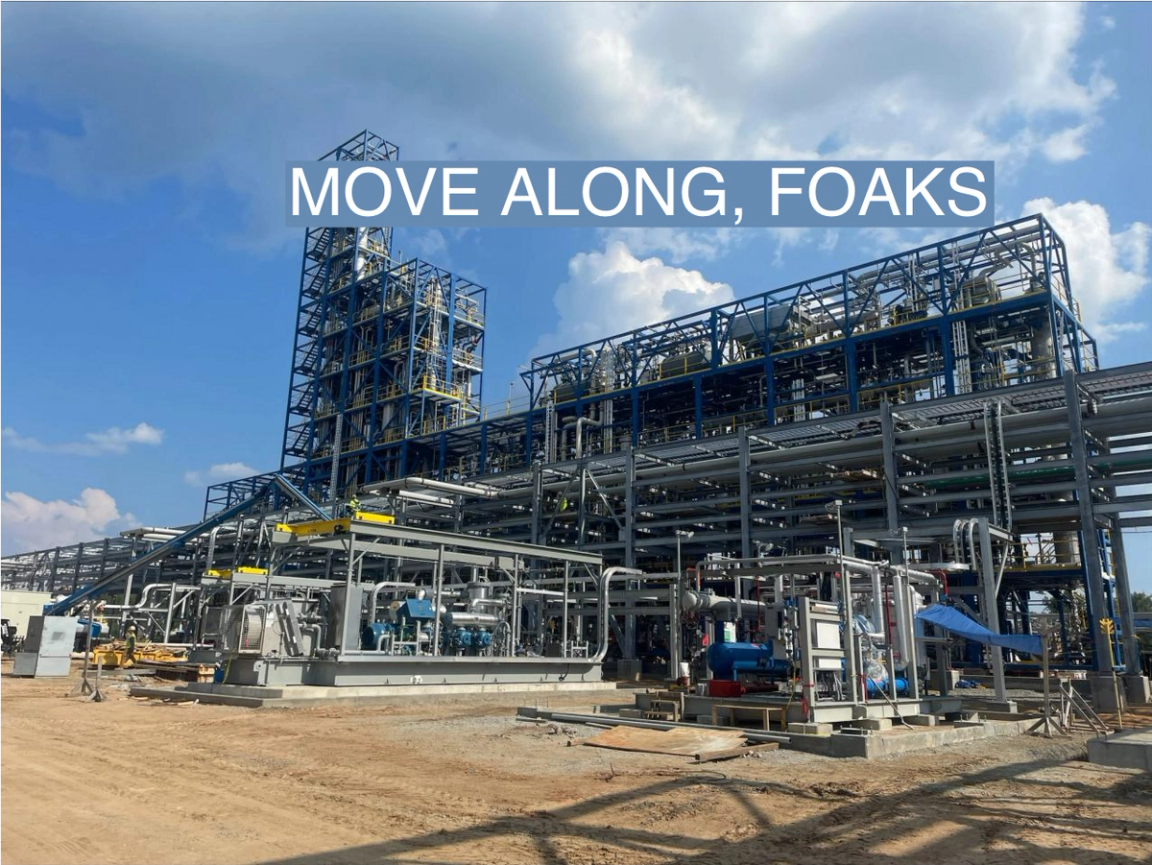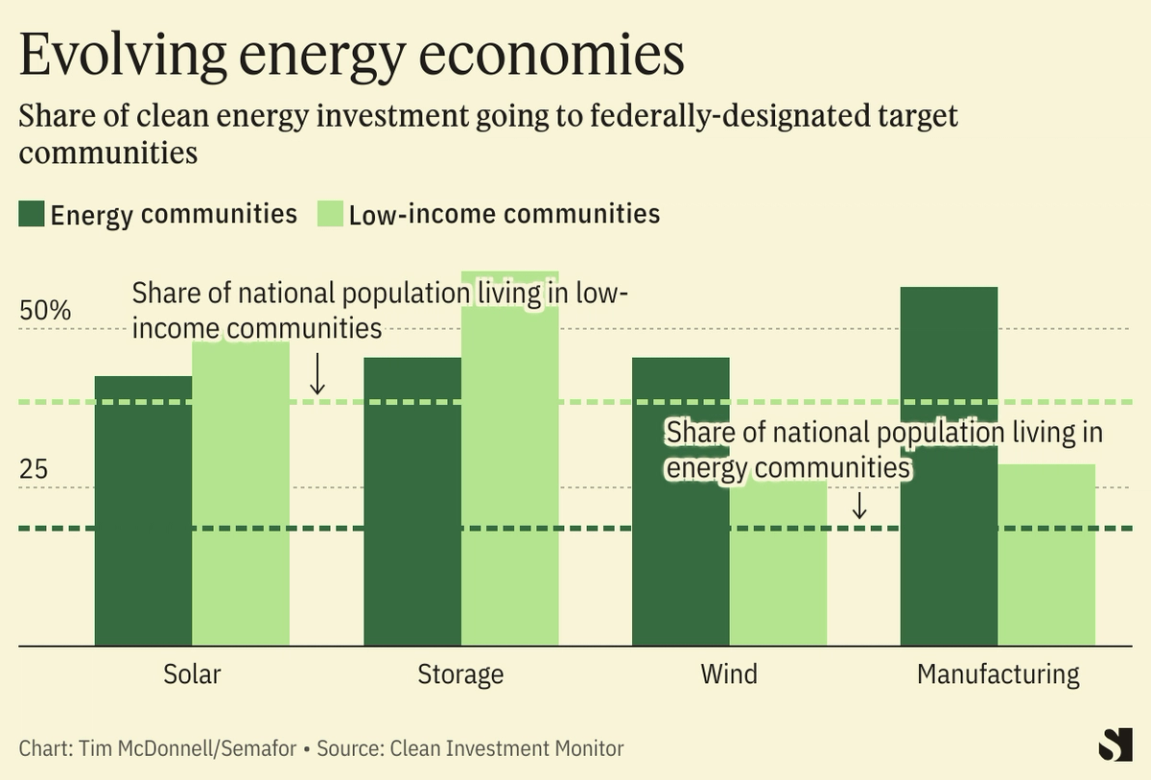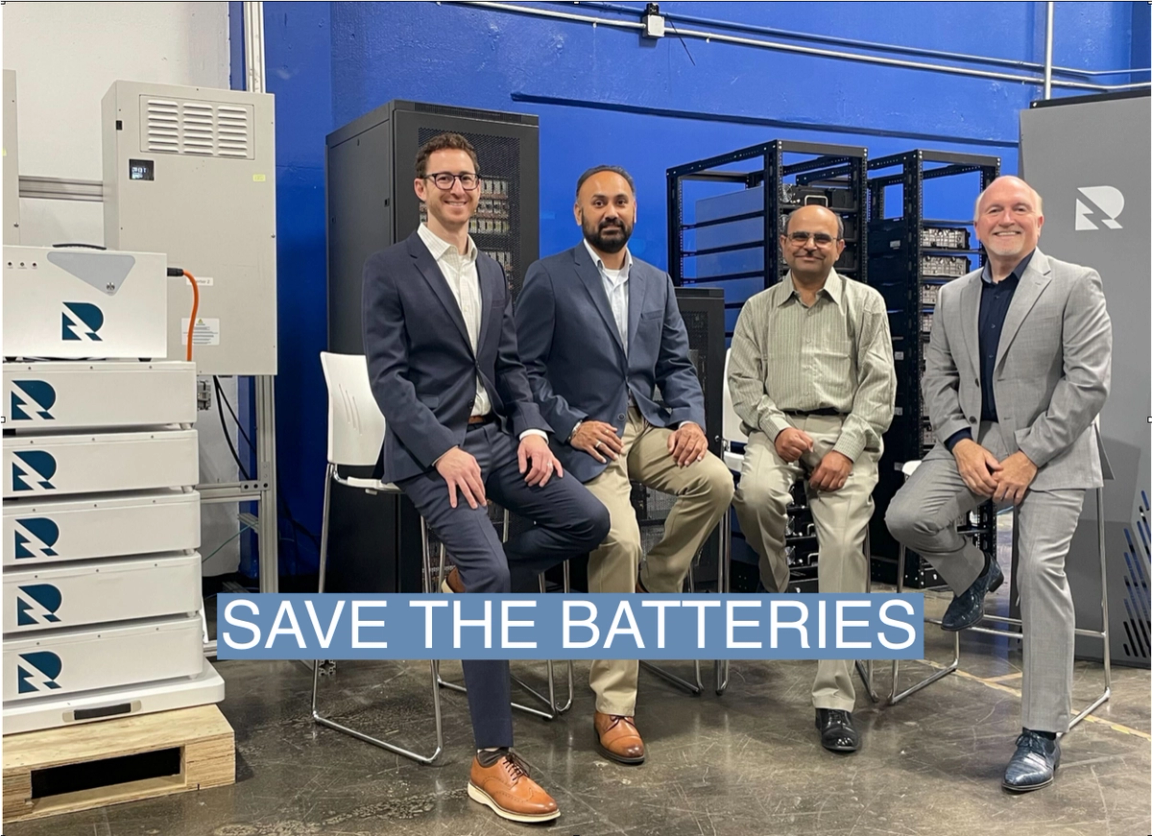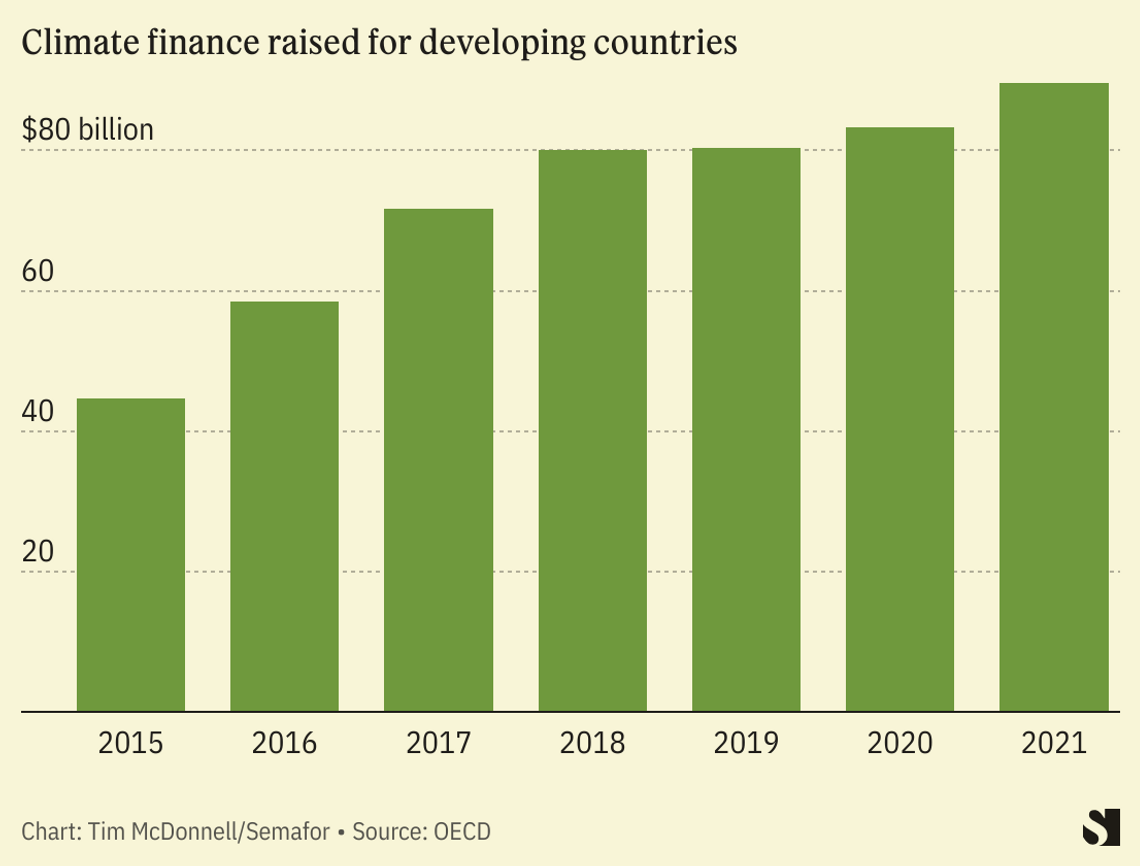 Courtesy LanzaJet Courtesy LanzaJetAs more climate-tech startups have matured in recent years, they’re running into a wall between the lab and the commercial-scale factory. As I write this week, it’s a major bottleneck in scaling up climate solutions, and a big reason why global climate tech investment is about a third of where it needs to be to reach net zero by 2050. “There’s a lot of companies that have raised $20-50 million in their whole life, now having to do a single project that’s worth at least that same amount,” said Mario Fernandez, a senior investor at the Bill Gates-backed firm Breakthrough Energy Ventures. Fernandez, who leads a special unit focused on bringing innovative climate tech to commercial scale, started with LanzaJet, which has come farther than most climate tech ventures in crossing that perilous funding gap. A $50 million grant from Breakthrough allowed the company to begin building a first-of-its-kind low-carbon jet fuel factory, which is due to start production in Georgia next year. LanzaJet’s experience, in turn, informed Breakthrough’s strategy for bridging the “valley of death” between pilot- and commercial-stage facilities, which it laid out in a report this week. The money that climate tech needs to scale isn’t just bigger, it’s of a different character. The types of private equity, banks, or infrastructure investment firms that would typically back a big factory are horrified by the “move fast, break things” startup mentality. Their questions are less about a company’s technology itself, but about supply chains, construction permits, and long-term contracts with buyers. For the most part, investors say, execs of more innovative climate tech firms don’t have good answers. |














